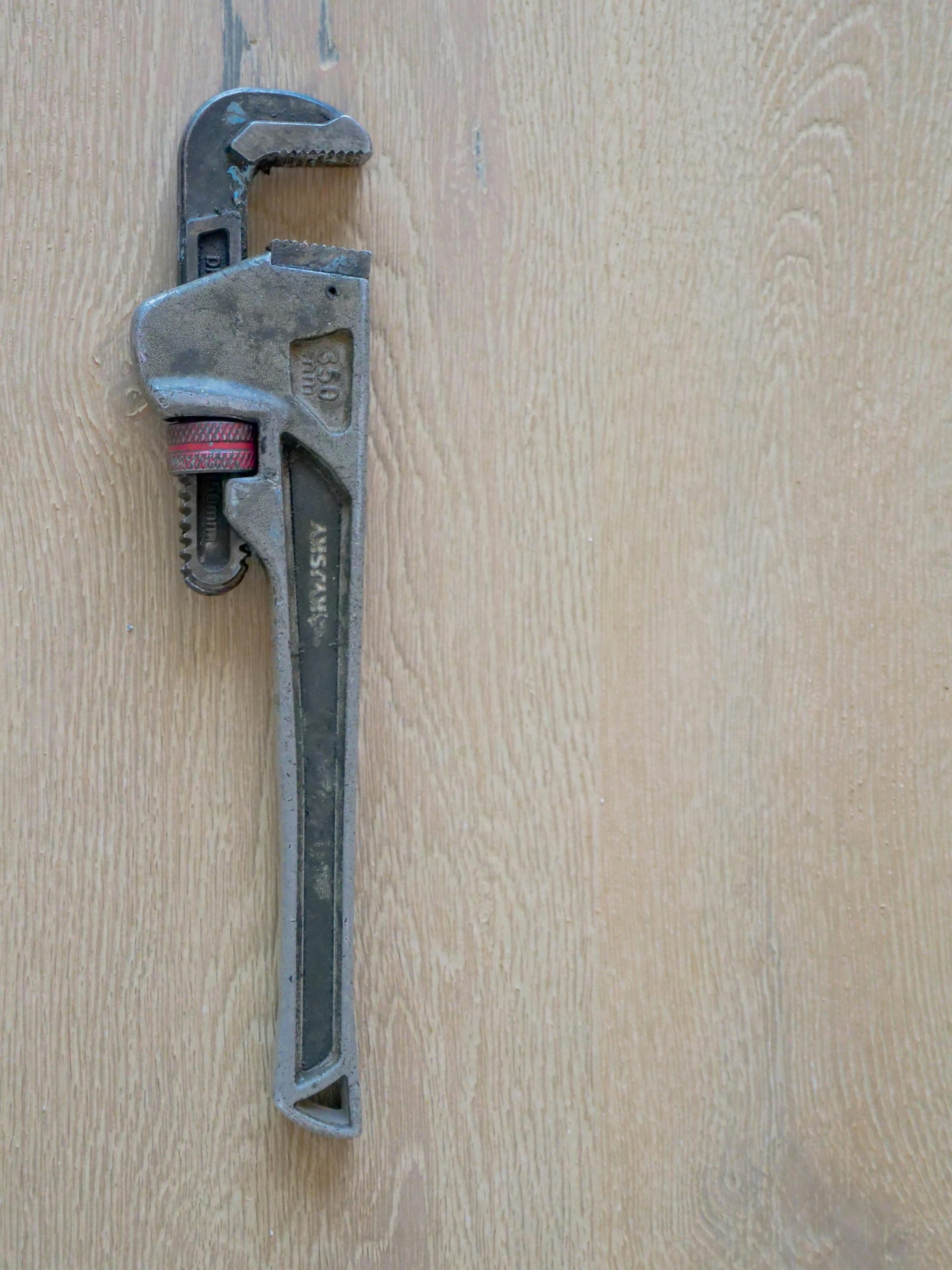Navigating Roofing Issues After an Insurance Claim: Seeking Solutions for a Faulty Installation
If you’ve recently replaced your roof through an insurance claim, only to find that it’s not holding up as expected, you’re not alone. Many homeowners face challenges after such installations. Here’s a case study illustrating the process, the hurdles, and potential next steps to help ensure you achieve a resolution.
A Year After Roof Replacement
Just over 12 months ago, our family took the proactive step of filing an insurance claim to replace our roof, which had sustained damage from severe winds. We opted for a well-regarded local roofing company, confident in their reputation. Initially, everything seemed to be in good order until we began noticing shingles detaching from our roof.
Upon discovering the first few missing shingles, we promptly contacted our installer, who did replace them. However, the issue persisted, and we found ourselves facing the distressing situation of numerous shingles falling off once again.
Getting a Second Opinion: A Cause for Concern
In search of clarity, we decided to consult a different roofing company for a second opinion. Their assessment raised significant red flags: they indicated that the shingles used were not suitable for a mansard roof design and that the installation techniques applied were incorrect. While they reassured us that the shingles on the flat portion of the roof were sound, they recommended that we replace all the shingles on the steep vertical sides of the mansard roof to prevent further issues. The estimated cost for this corrective action was around $20,000, with a more precise quote to follow if we chose to proceed with their services.
What Should We Do Next?
Faced with this dilemma, we understand the importance of taking informed action. Here are several avenues worth considering:
-
Hold the Original Contractor Accountable: It’s crucial to address the problems with the original roofing company. Document all communications and any evidence of the poor workmanship or materials used.
-
Consult with Your Insurance Provider: Reach out to your insurance company to discuss the situation. They may have processes in place for claims related to faulty workmanship and could assist in navigating potential coverage for the new repairs.
-
Seek Legal Guidance: If the contractor is unresponsive or unwilling to take responsibility, consulting a lawyer specializing in construction or insurance claims may be advisable. They can help evaluate your options concerning potential claims against the roofer.
-
Consider Further Assessments: Getting a third opinion can provide



